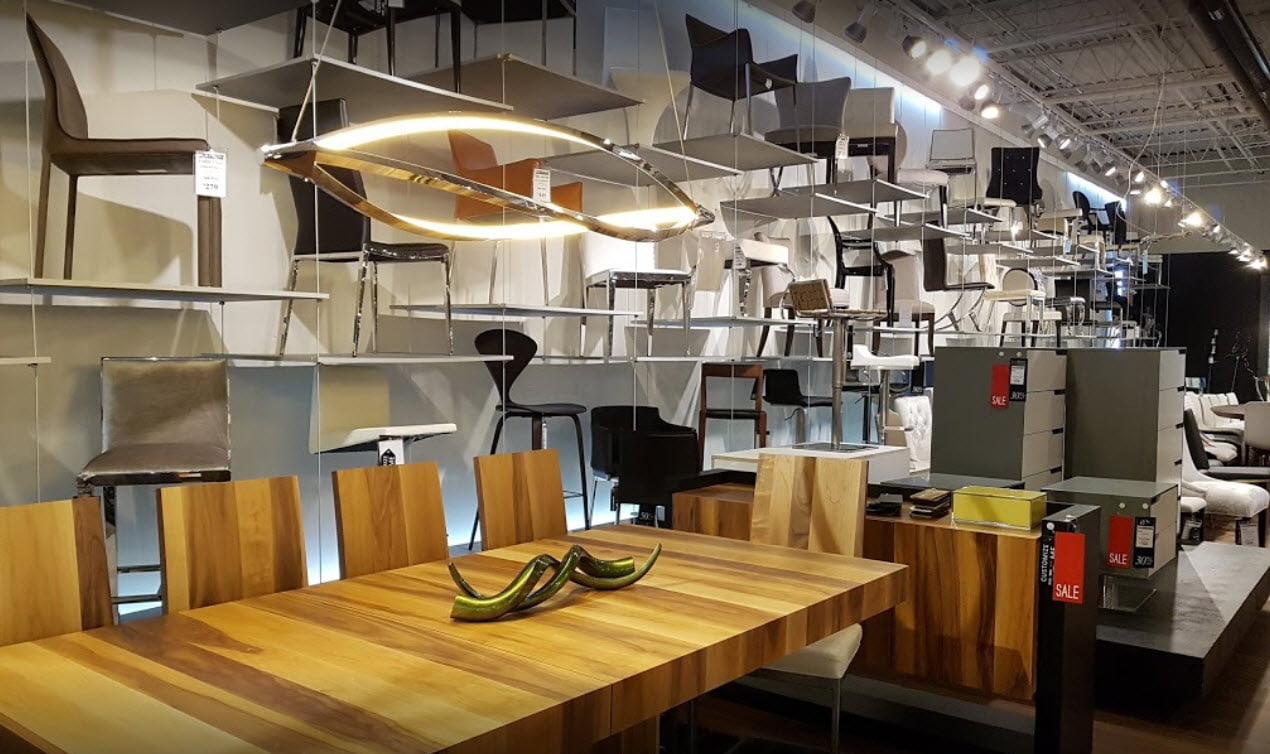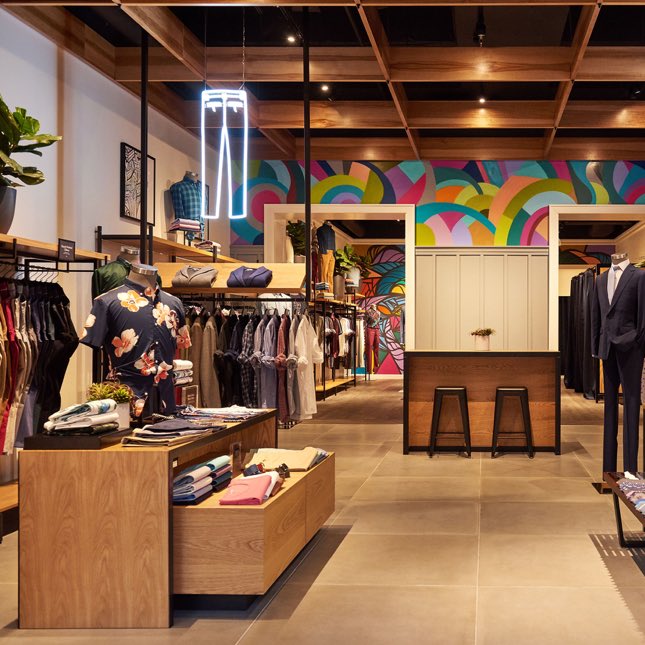You may have heard of the retail term “guideshop” in the last several years. Brands such as Bonobos have had great success with guideshop stores. This retail strategy is a throwback to the idea of “showrooms” and works particularly well for retailers in the age of ecommerce. In fact, running a guideshop is also known as “showrooming”. But what exactly is a guideshop and why should retailers consider it for their physical stores?
What are guideshops?

IGI Global defines a guideshop as:
A physical store where customers can experience the products before purchasing it. The physical store only showcases the product for customer experience but do not sell any physical items. Customers place orders in the physical store [that] will be delivered to their homes.
It’s easy to understand why guideshops are also known as showrooming. After all, showrooms are traditionally physical locations where businesses display merchandise so that consumers can engage with products before ordering. One of the best modern examples is Dyson’s demo shop. Showrooms and guideshops typically carry little to no inventory for immediate purchase.
Who should consider this store strategy?
Showrooming and guideshops are traditionally best for retailers who sell products which customers prefer to take a look at, try on, or test out before purchase. Typically these products don’t sell as well if only sold online. In particular, showrooms are great when the retailer’s products physically take up a lot of space or are of high-value, both of which makes it hard to stock inventory in-store. Think of things such as appliances, furniture, jewelry, etc. With furniture for example, retailers have limited warehousing space since their stores need a lot of display space. But their shoppers often want to physically see how big a piece of furniture is, how comfortable it is, and how it feels in person before purchasing.

The change today is that non-traditional showroom products are also able to use guideshops to offer better customer service with smaller, more cost-effective shops. This is exactly how Bonobos guideshops work. They are smaller stores where customers can go in and try on the entire product line for delivery at home. But Bonobos has made an effort to provide above-average customer service by training employees to help customers find the right fit and size.
Not only are guideshop stores easier and cheaper to operate without the cost of carrying stock, better trained sales associates encourage higher sales per shopper. And naturally, because customers will have a profile setup for their pickup or delivery, all of the shopping data in-store and online is stored for better customer service and personalized digital marketing.

Another key market for guideshops are retailers that manufacture or sell their own private-label brands. When you sell a brand that cannot be found anywhere else, there isn’t a risk that shoppers will try on merchandise in-store and buy the products elsewhere. In this case, guideshops offer a cost-effective way to run more smaller physical stores without the carrying costs of traditional brick & mortar stores.
What kind of customers does this appeal to?
Guideshops tend to attract shoppers that enjoy touching, seeing or interacting with products before buying them. The slower, discovery process involved with customer service-driven guideshops and the inconvenience of carrying products around while shopping makes guideshops more attractive to shoppers in urban centers or walkable main streets. The strategy generally works even better for high value items where shoppers expect superior service and delivery may be considered more secure than walking around with a bag from an expensive store. For example, people often visit the Apple Store to test out new devices since they are expensive. But oftentimes during checkout, Apple shoppers will have their purchase shipped home to avoid carrying a bag around with the Apple logo on it.

The benefits of retail showrooms and guideshops
Hopefully this article has helped you get a good idea on why showrooming is great. To recap, here are the benefits of using a guideshop store strategy:
- Increase sales: People spend more money when they are purchasing in-store. Impulse purchases are more likely. If you are an e-commerce company or a store looking to add an expensive new product line, a guideshop approach will help you increase your average order size.
- Lower costs: Carrying less inventory is the easiest way to lower the overhead costs of your business. Keep in mind, you can also offer store pick up options to keep costs lower!

- Better experience for customers: Employees focus on helping customers find the perfect product for them and even upsell additional ones.
- Sell more things: With less space required to stock products, showrooming allows stores to showcase more products. Retailers can sell products without having to stock anything and can simply order for delivery after taking payment.
Now that you understand what guideshops are, consider whether this could be a good strategy for your retail business. It is definitely a retail trend which will continue to change the way people shop.
Learning the ins and outs of retail is a journey. But it doesn’t have to be scary. TAKU is here for you. Check out our retailer’s glossary to read up on the 100 most essential terms in the world of retail! Click on the image below to learn more.



